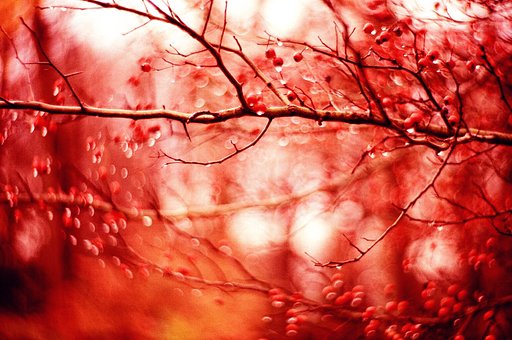What does it mean to overexpose vs underexpose a photo?
The perfectly-exposed photo is the ideal shot in any photographer‘s mind. It is well-lit and all the other settings are just right. However, there are two other ways to expose a frame. There‘s overexposing and underexposing a photo. Now, what‘s the difference?

An overexposed photo is an image that is too bright or “blown out.” This can happen when your aperture is set way too open or when your shutter speed is too slow. Both methods let more light into your lens towards your exposed film.

An underexposed photo on the other hand is a photo that you can consider to be too dark. This may mean that the opposite problem has occurred – maybe your aperture is too small or your shutter speed is too fast.

Both overexposure and underexposure have their own application when it comes to film photography. Perhaps your film is already expired and you need to bump up the exposure time in order to compensate for the expected drop in ISO. This is the time to overexpose your shot. Or perhaps the lighting is too harsh and you want a more subdued look in your shot. This is the time when you can underexpose your frame.
Learning the difference between the two can give you an advantage when it comes to dealing with different shooting conditions. Knowing which technique to use can save you a lot of film and frustration on your photowalks.
13 Likes
n_u_m_b_f_a_c_e, zoloto, thehenrydemos, adi_totp, ziudinu, topcoatballet, toyotmr2, photonstorm, panvicphoto, oukrid, rayofsunshine, seegers & xmanuel130.
Anything missing?
Can’t find an answer to your question? Or do you have some useful advice to add to one of our courses? We want to build the world’s largest analogue learning space, so please send any further requests or information to school@lomography.com and we’ll take a look!
More Courses
-
What are the different types of film cameras?
From a SLR, to TLR, to rangefinder or point & shoot cameras – find out how these different types of cameras operate.
-
What is the sunny16 rule?
The Sunny 16 Rule is a way to meter for correct exposure during daylight without using the camera’s meter. It is great for photographers who don’t want to get slowed down by metering for every shot or rely too much on their camera’s in-built light meter.
-
What is parallax error and how can I avoid it?
Parallax error, also known as a viewfinder error, is the shift in the apparent position of your subject due to the difference between what your lens sees and what your viewfinder shows. This can affect a photograph’s composition, framing and depth, but there are easy steps we can take to minimise it from happening.
-
Do I have to load film in my camera in the dark?
There’s no need to load film in the dark but going under the shade or subdued lighting are ideal conditions when loading film.
-
What is the difference between a full-frame and half-frame camera?
Full-frame film cameras create an image across the entire 36 mm by 24 mm frame. Whereas half-frame cameras can fit two images onto one frame and each image measures 18 mm by 24 mm.
-
How many photos can you take on a 35 mm film?
A standard roll of 35 mm film allows you to take 36 photos. However certain film stocks only allow 24 photos to be taken. The number of exposures is indicated on the outside of the box of film.
-
What is the difference between analogue and digital?
Analogue and digital formats are both ways of storing information. In analogue technology, waves or signals are stored in their original form (such as vinyl where grooves are etched in order to create sound waves on the disk itself.) However, in digital technology, waves or signals are converted into numbers and stored as code on a digital device such as a hard drive, memory card or computer.
-
What does bokeh mean?
Coming from the Japanese word “boke-aji” which means the quality of blur, bokeh describes the quality of a photo’s “blurry“ and out-of-focus portion.
-
What is metering?
Metering is the process of reading the lighting conditions before taking a photograph, to make sure you will get the right exposure for your images. This is where shutter speed, aperture, and ISO all come into play.


